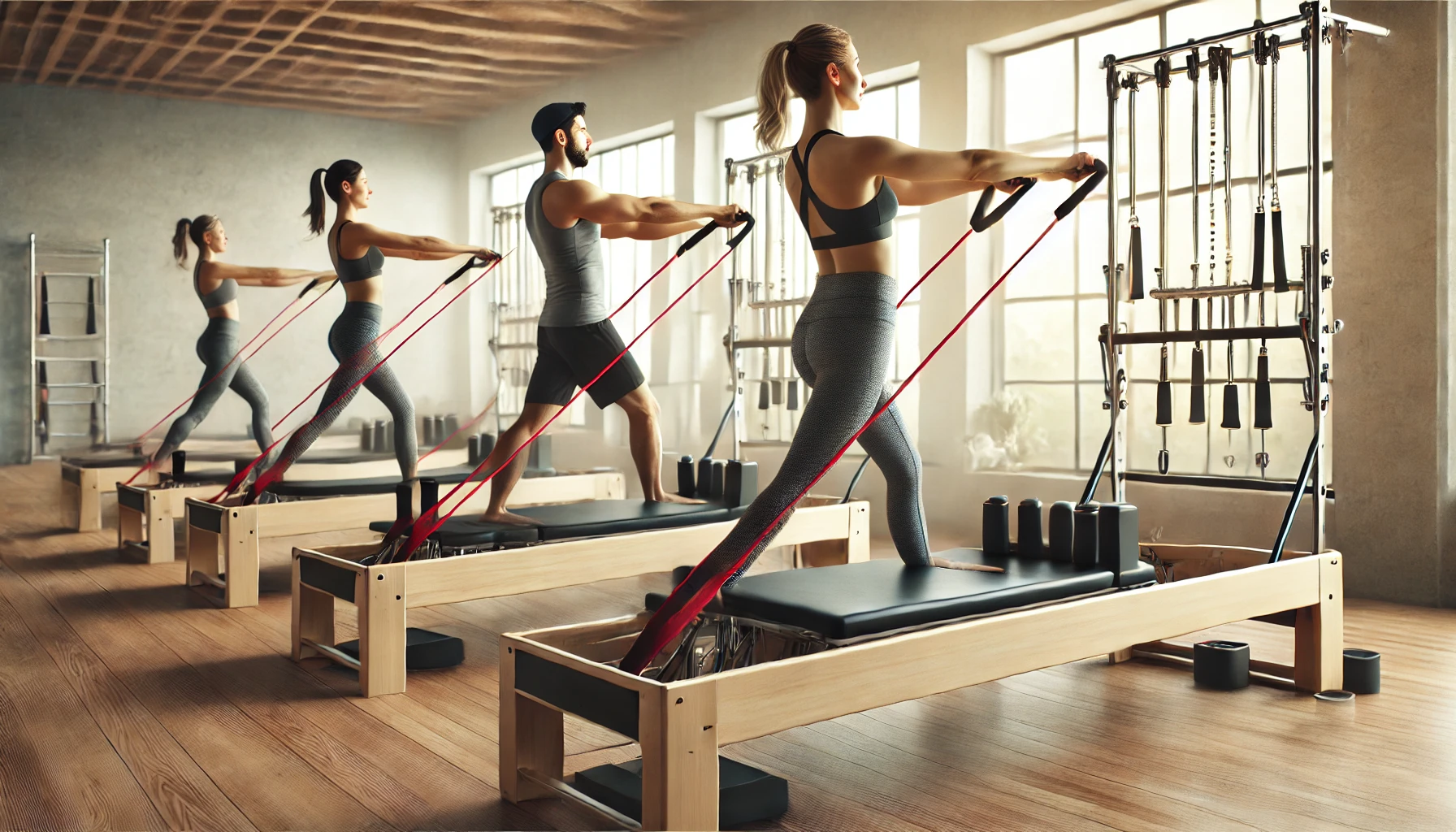Check out this answer from Consensus:
Pilates is a versatile and effective exercise modality that offers numerous benefits for various populations, including the elderly, those with chronic musculoskeletal conditions, and individuals undergoing rehabilitation. While it is not superior to other forms of exercise, its unique focus on controlled movements, core strength, and mental well-being makes it a valuable addition to any fitness or rehabilitation program. Further high-quality research is needed to fully understand its long-term benefits and optimize its application in different populations.
Pilates is a system of exercises developed by Joseph Pilates in the early 20th century. It focuses on controlled movements, stretching, and breathing to improve physical fitness and rehabilitation outcomes. Pilates exercises can be performed on a mat or using specialized equipment, and they are designed to enhance core strength, flexibility, balance, and overall body awareness.
Pros and Cons
Pros
- Improves Physical Function: Pilates has been shown to improve physical function in various populations, including older adults and those with chronic conditions. It enhances balance, strength, flexibility, and functional capacity1 2 4.
- Pain Management: Pilates is effective in reducing pain associated with conditions like chronic low back pain, neck pain, and knee osteoarthritis2 4 8.
- Mental Health Benefits: Engaging in Pilates can lead to improvements in mental and psychological health, including reduced fatigue and enhanced quality of life1 3 6.
- Safe and Accessible: Pilates is generally considered safe for most people, including the elderly and those with chronic conditions. It can be performed with minimal equipment, making it accessible and affordable1 2 9.
Cons
- Varied Quality of Studies: The quality of studies on Pilates varies, with some showing low methodological quality. This can affect the reliability of the findings5 10.
- Not Superior to Other Exercises: While Pilates is effective, it is not necessarily superior to other forms of exercise in improving physical function and reducing pain3 7.
- Adherence Issues: Adherence to Pilates, especially home-based exercises, can be poor. Group settings may improve adherence due to the social and enjoyable nature of the classes2.
Benefits
For the Elderly
Pilates has been shown to significantly improve dynamic balance, strength, mobility, and functional capacity in the elderly. It also reduces the risk of falls and enhances mental health, making it a valuable exercise for healthy aging1 9.
For Chronic Musculoskeletal Conditions
Pilates is effective in reducing pain and disability and improving physical function and quality of life in older adults with chronic musculoskeletal conditions. It is as effective as other forms of exercise and offers additional psychosocial benefits2.
For Multiple Sclerosis
Pilates can improve physical function, balance confidence, and walking ability in people with multiple sclerosis. It may also help reduce self-perceived fatigue, although its benefits are not significantly greater than other therapies3 6.
For Breast Cancer Rehabilitation
Pilates has been found to relieve symptoms related to breast cancer, such as pain and reduced shoulder range of motion. It also improves quality of life and functional status, although its benefits are comparable to other exercise programs7 10.
For Low Back Pain
Pilates-based exercises are effective in managing chronic low back pain by improving muscle function, flexibility, and dynamic balance. It also enhances muscular endurance and can be beneficial in the short term4 8.
